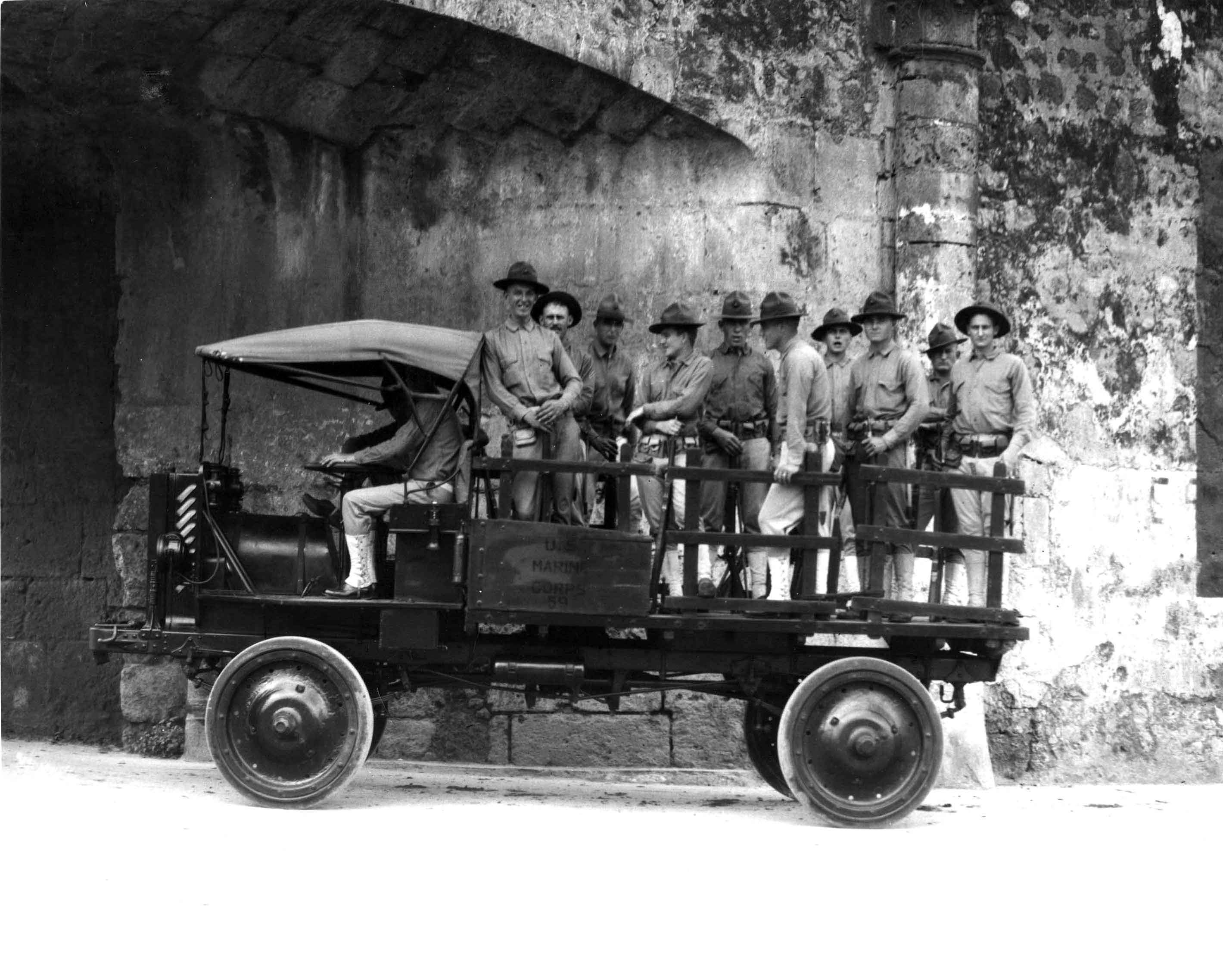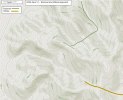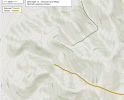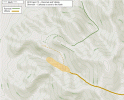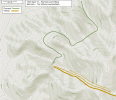Driftless
Donor
Skirmish at El Tintero – April 1916
(A tale of a different Pancho Villa Punitive Expedition, including the early adventures of Lt. Erwin Rommel - US Army)

Generals Alvaro Obregon, Pancho Villa, John Pershing (in happier days)
This will be a very short TL.
There are two POD’s involved:
Given Rommel’s age, this would be his first real shot at war zone experience. Historically, the campaign was a touchstone for many of the junior officers who were either in the roughly 10,000 man US force in Mexico, or the up to 100,000 men on the border. The list headlines like a “who’s who” of top US World War 2 generals, with Patton, Eisenhower, Patch, Simpson, Hodges, Kruger, Eichelberger, Crittenberger, Spaatz and many others not quite so well-known being involved.
I also find this Expedition a fascinating transitional period for the US Army. Some of the Army’s doctrine and equipment were still anchored in the old wild west 19th Century constabulary mindset, and some doctrine and equipment were just inching into modernity. Also, the pursuit of Villa shares a common thread with many US interventions over the length of our history: it was reactive in origin, with a poorly thought out definition of realistic goals and how to end the intervention. We certainly know how to get into trouble, but we struggle with getting out….
As this historical setting is not familiar to many here, I will show OTL history events in italics. I will also use the modern 24-hour military clock (not implemented till WW2 for the US.) It’s just easier here…
(A tale of a different Pancho Villa Punitive Expedition, including the early adventures of Lt. Erwin Rommel - US Army)

Generals Alvaro Obregon, Pancho Villa, John Pershing (in happier days)
This will be a very short TL.
There are two POD’s involved:
- First and foremost, this is a tale of 2nd Lieutenant Johannes Erwin Eugen Rommel of the US Army. The son of German immigrants to the US. ITTL, Rommel was born and raised in Lafayette, Indiana (I stole this concept from Carl Schwamberger via this thread https://www.alternatehistory.com/fo...rchill-us-officer.337147/page-2#post-10349845 (Post #25). Carl's thought has stuck with me and rattled around my brain ever since. For this tale, I made the assumption that Rommel’s early personality would be still be shaped by the strong personalities of both his parents, who greatly influenced his OTL life, even into the start of his military career. Also, as is common with many first-generation immigrants, he’s caught between two cultures.
- ITTL, Pancho Villa does not suffer the debilitating friendly fire wound to his leg that he received on March 27, 1916. In OTL, that wound shattered one of Villa's lower leg bones, to the extent that his life was in danger and he completely dropped out of contact with his command for several months, while he recuperated. That left his forces physically divided and with no central command. Here, ITTL, Villa may be wounded, but not as seriously, so that he remains in charge. He’s generally avoiding contact with the larger and better armed US Army units where it can be managed. Somewhat similar to OTL, but not quite the same.
Given Rommel’s age, this would be his first real shot at war zone experience. Historically, the campaign was a touchstone for many of the junior officers who were either in the roughly 10,000 man US force in Mexico, or the up to 100,000 men on the border. The list headlines like a “who’s who” of top US World War 2 generals, with Patton, Eisenhower, Patch, Simpson, Hodges, Kruger, Eichelberger, Crittenberger, Spaatz and many others not quite so well-known being involved.
I also find this Expedition a fascinating transitional period for the US Army. Some of the Army’s doctrine and equipment were still anchored in the old wild west 19th Century constabulary mindset, and some doctrine and equipment were just inching into modernity. Also, the pursuit of Villa shares a common thread with many US interventions over the length of our history: it was reactive in origin, with a poorly thought out definition of realistic goals and how to end the intervention. We certainly know how to get into trouble, but we struggle with getting out….
As this historical setting is not familiar to many here, I will show OTL history events in italics. I will also use the modern 24-hour military clock (not implemented till WW2 for the US.) It’s just easier here…
Last edited:

